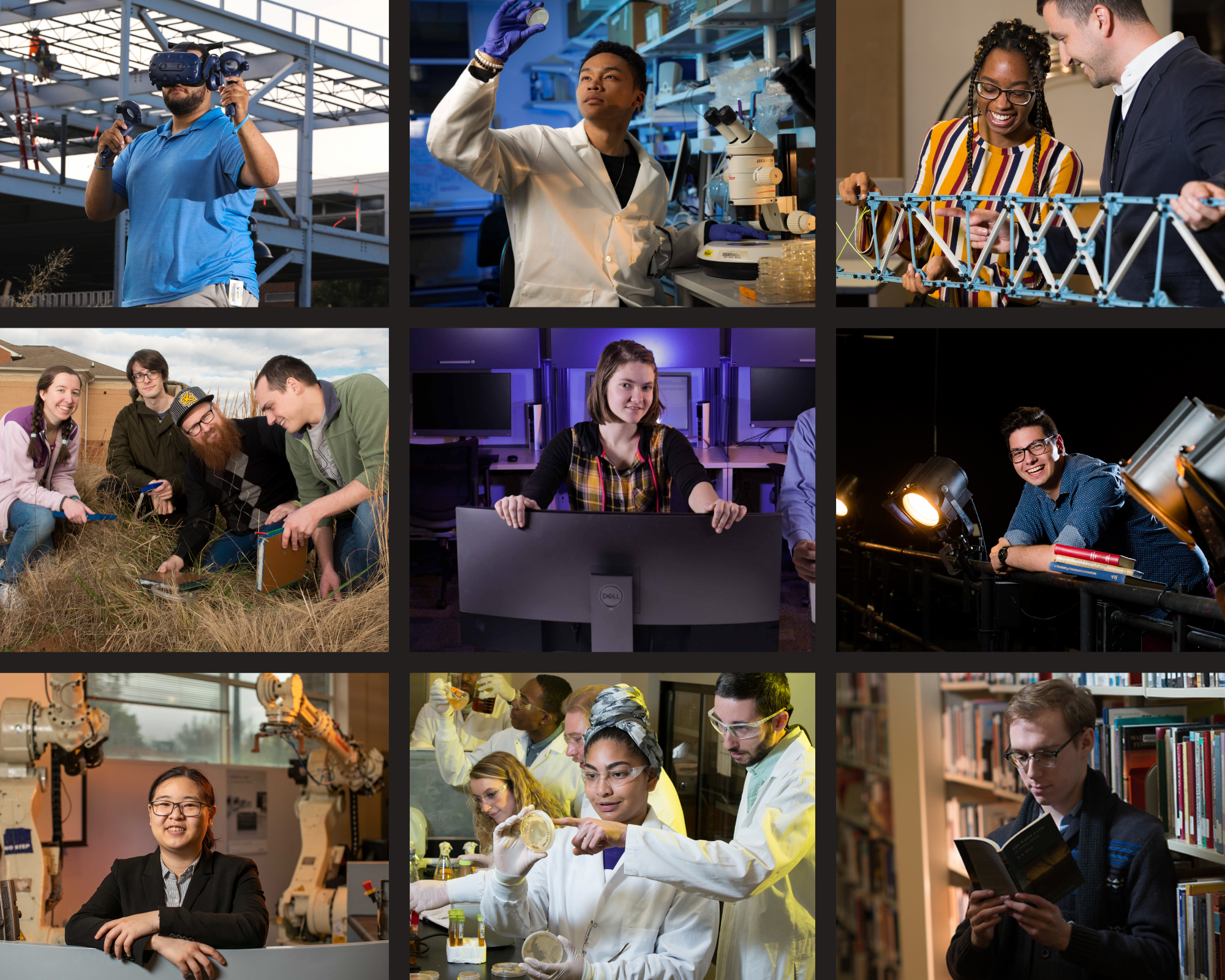3D Printed Models
Disciplines
Architectural Engineering | Construction Engineering | Interior Architecture
Abstract (300 words maximum)
Three-dimensional printing technology has brought significant changes in the field of construction design, providing unprecedented opportunities for innovation and creativity in interior and exterior contexts. This study examines the far-reaching effects of 3D printing on the aesthetics, functionality, and sustainability of construction design. In interior construction design, 3D printing creates customized furniture, architectural elements, lighting fixtures, and partition walls. This technology allows architects and designers to explore their creativity and produce innovative structures with new possibilities by efficiently prototyping their concepts with precision and speed. Externally, 3D printing transforms the process of creating facade elements, architectural decorations, and modular building components. Complex geometries that were impossible with traditional construction methods can now be achieved, enabling architects to push the limits of architectural expression. However, architects and designers need help integrating 3D printing into their workflow, including high costs and limited availability of suitable materials. Sustainable materials and manufacturing processes further enhance the eco-friendliness of 3D-printed structures, which aligns with the growing demand for environmentally conscious design solutions. This study provides a comprehensive overview of how 3D printing technology is used in interior and exterior construction design. By embracing this transformative technology, designers and architects can unlock new realms of creativity while addressing the ever-changing needs of the construction industry.
Academic department under which the project should be listed
CACM - Construction Management
Primary Investigator (PI) Name
Amaal Al Shenawa
Additional Faculty
Giovanni Loreto, Architecture, gloreto@kennesaw.edu
3D Printed Models
Three-dimensional printing technology has brought significant changes in the field of construction design, providing unprecedented opportunities for innovation and creativity in interior and exterior contexts. This study examines the far-reaching effects of 3D printing on the aesthetics, functionality, and sustainability of construction design. In interior construction design, 3D printing creates customized furniture, architectural elements, lighting fixtures, and partition walls. This technology allows architects and designers to explore their creativity and produce innovative structures with new possibilities by efficiently prototyping their concepts with precision and speed. Externally, 3D printing transforms the process of creating facade elements, architectural decorations, and modular building components. Complex geometries that were impossible with traditional construction methods can now be achieved, enabling architects to push the limits of architectural expression. However, architects and designers need help integrating 3D printing into their workflow, including high costs and limited availability of suitable materials. Sustainable materials and manufacturing processes further enhance the eco-friendliness of 3D-printed structures, which aligns with the growing demand for environmentally conscious design solutions. This study provides a comprehensive overview of how 3D printing technology is used in interior and exterior construction design. By embracing this transformative technology, designers and architects can unlock new realms of creativity while addressing the ever-changing needs of the construction industry.
